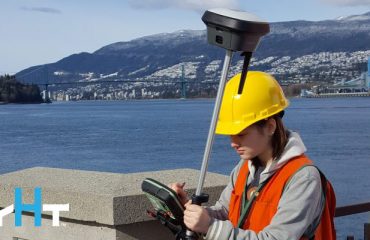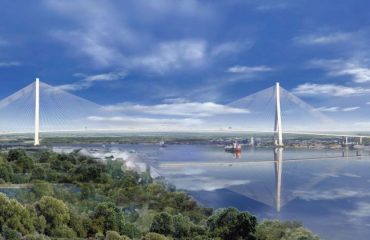Just because a technology is new doesn’t make it innovative. Jason Ellis explains why the distinction matters.
Do you know the difference between new technology and innovation?
It’s not always obvious, but it is an important distinction to understand when evaluating the rewards that a modern mobile mapping system can offer to your organization.
New Technology Might Be Cutting Edge, but …
New technology in mobile mapping refers to the development and implementation of cutting-edge tools and systems used in vehicle-based platforms. This can include advancements such as LiDAR sensors, high-resolution cameras, and GPS technology. These technologies enable vehicles to collect precise geospatial data, creating detailed maps and 3D models of environments with unprecedented accuracy and efficiency.
Innovation Requires Creativity and Strategy
Innovation in mobile mapping involves not just the introduction of new technology, but the creative and strategic use of these tools to revolutionize mapping processes. Innovation focuses on optimizing route planning algorithms to enhance mapping coverage, integrating artificial intelligence to automate data analysis and improve map accuracy, or even developing new methodologies for real-time data processing.
“By creatively applying these technologies, we can transform how we perceive, interact with, and utilize spatial data for various purposes, thereby reshaping industries and improving our understanding of the world around us.”
In this context, innovation goes beyond merely adopting new technologies; it involves leveraging these technologies in inventive ways to overcome challenges, improve data quality, and enhance the overall mapping experience. For instance, combining LiDAR data with machine learning algorithms to identify and classify objects represents an innovative approach that can significantly augment mapping capabilities. Likewise, reimagining image configurations minimizes the burden of file sizes while simultaneously increasing their usability.
Innovation Redefines How We Work
Innovation in mobile mapping can extend to broader applications such as urban planning, infrastructure development, environmental monitoring, and autonomous vehicle systems. By creatively applying these technologies, we can transform how we perceive, interact with, and utilize spatial data for various purposes, thereby reshaping industries and improving our understanding of the world around us.
In essence, while new technology certainly strengthens the core of mobile mapping, its growth curve is slow and doesn’t always promise tangible benefits. However, innovation truly drives the evolution of these mapping systems by imaginatively utilizing these technologies to create more accurate, efficient, and versatile mapping solutions that redefine how we work.
Innovation Drives a New Era in Mobile Mapping
Innovation is the hallmark of the Pegasus TRK. In so many ways it allows us to be more effective, meaningful, and efficient, ultimately freeing us to be more productive and creative in our approach to mapping. Having worked in mobile mapping for many years now, I’m excited to see the capabilities that so many of us have sought finally being realized.
It’s a pleasure to work with the futurists in this industry who have adopted these next-gen systems.
How will you harness innovation within your operations to spur change and growth?
What TRK Innovators Are Saying
About the Author:

For over 20 years Jason Ellis has been an agent of change by way of technology and a passionate advocate of all things geospatial. Every day he works to help organizations transform their potential by exploring and implementing mobile reality capture solutions. As the North American mobile mapping sales and technical consultant for Leica Geosystems, he works closely with collaborators who are driving reality capture and helping to shape the landscape of the industry. Follow Jason on LinkedIn.
To talk to one of our experts and learn more about mobile mapping or other ways to optimize your surveying potential, please contact us.





